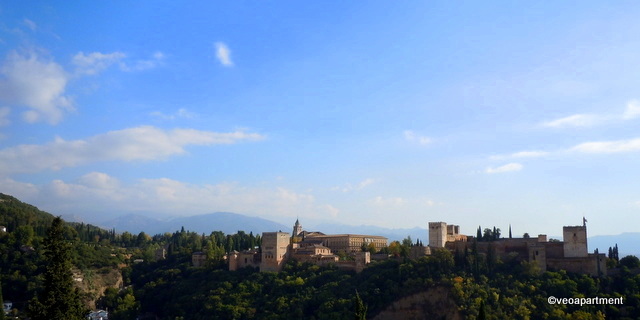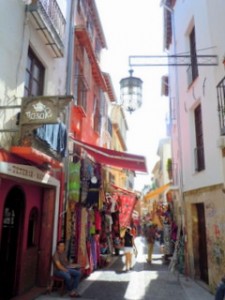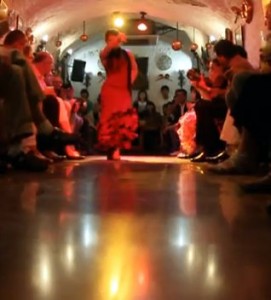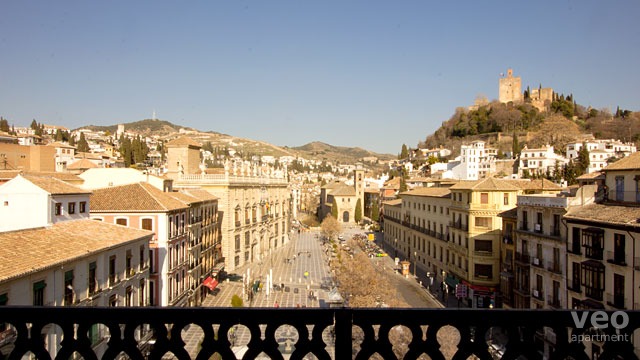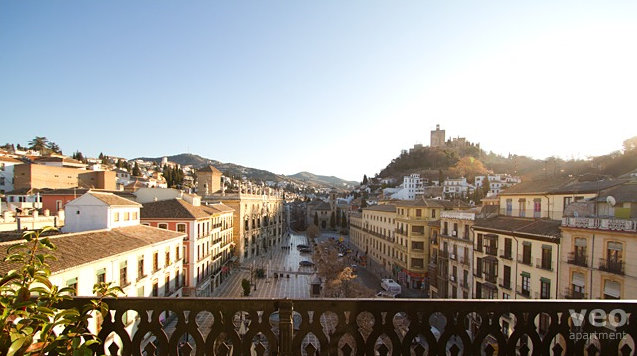 view of Plaza Nueva and Alhambra from Duplex Terrace
view of Plaza Nueva and Alhambra from Duplex Terrace
Granada is justly famous for its internationally famous monument, the Alhambra Palace, and also for the Cathedral and Royal Chapel. You will want to see all of these, and indeed, the Alhambra may be the reason you’re here in the first place (be sure you have booked your tickets in advance). They don’t come cheap, however, and you may find yourself wondering what you can do for the rest of your stay that isn’t going to cost you anything. In short you want a few freebies.
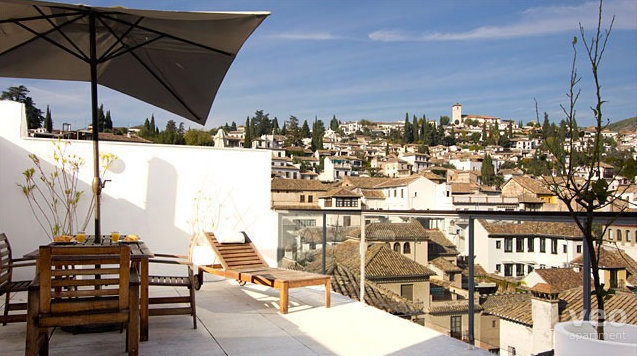 view of the Albaicin from Loft 6
view of the Albaicin from Loft 6
Saint Nicolas Mirador (Albaicin)
The Albaicin is the hillside neighbourhood (also known as the old Moorish quarter) across the River Darro from the Alhambra. You can wander through it’s narrow streets and steep paths to your heart’s content without it costing you a dime (unless you stop for refreshments), but it’s good to have a destination, and in the Albaicin all roads (figuratively speaking, and you should expect some of them to end up in other places) lead to the San Nicholas Mirador – the lookout platform beside the church. From here, especially in the evening, you get the best views of the Alhambra, and can while away a pleasant hour wondering how on earth it was captured, or why Carlos V built that square palace in the middle of it.
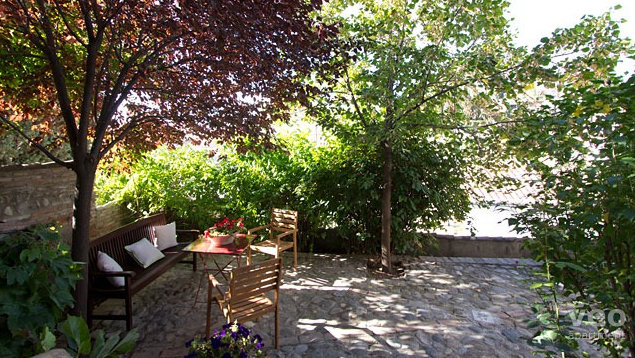 Carmen Terrace 5 walled garden
Carmen Terrace 5 walled garden
Carmen de los Martires
Carmens are the traditional houses with a walled garden that are unique to Granada. The largest is the Carmen of the Martyrs at the end of the Realejo, south of the Alhambra, a 19th century house built on the site of a former convent, and surrounded by nearly seven acres of gardens with some fabulous views. Well worth taking the bus up and having a stroll around this delightful spot.
Bañuelo (Arab Baths) and Casa del Chapiz
Just off the Carrero del Darro, the street that runs alongside Granada’s tumbly mountain stream, the River Darro, you can find the 11th century Arab baths, probably the oldest remains of consequence in the city. They were preserved largely by chance as a private house was built over them early in the Christian period. A little further on is another stunning early Christian period house with a fabulous courtyard, the Casa del Chapiz.
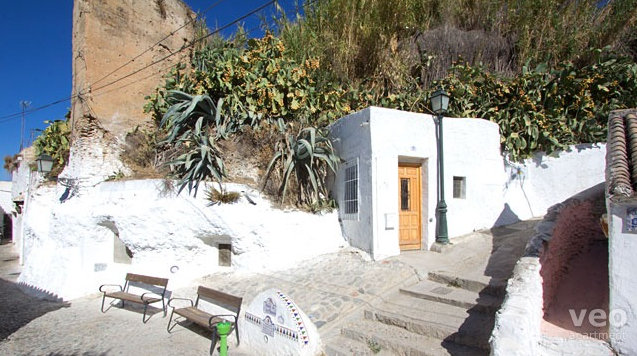 Sacromonte Cueva 2 cave house
Sacromonte Cueva 2 cave house
Sacramonte Abbey
Go a little further and you’re in the Sacramonte, the “gypsy” neighbourhood famous for its flamenco and cave houses. At the top of the hill is the 17th century Abbey of Sacramonte, a place regarded by some as being of mystical significance because of the Christian relics supposedly found in the nearby caves. It’s a bit of a haul if you do it on foot, but wort it for the views of the Alhambra, Albaicin and the rest of the city.
Tapas
Okay, this is cheating (a bit), but it’s still common to get a free tapas with your drink in the city’s bars. Or a tapa that’s included in the price of your drink, depending on how you look at it. But if you find the right bar you can certainly get fed with decent food, inexpensively.
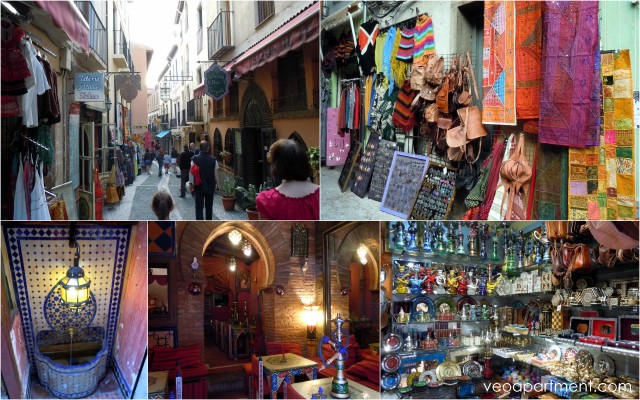
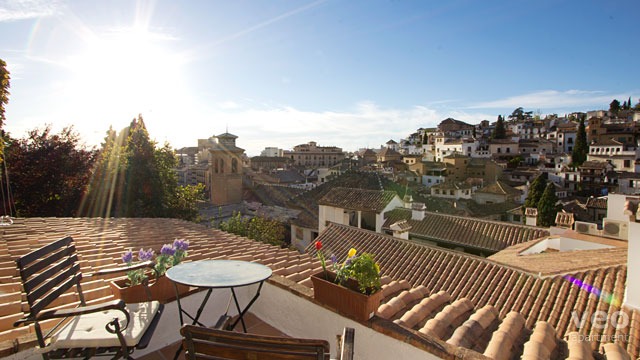 view from our
view from our 